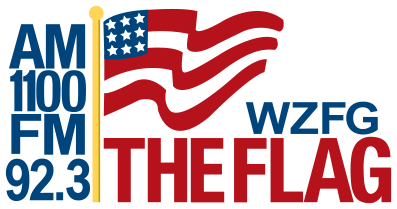Insurance Commissioner Jon Godfread has called upon the State Investment Board (SIB) to begin investing a portion of the Legacy Fund in investment projects within North Dakota. Godfread, who serves as one of three statewide elected officials on the SIB, proposed a new “strategic vision plan that will bring needed capital to new and existing North Dakota businesses.”
Godfread’s plan establishes a North Dakota Investment Advisory Committee (IAC) that will review and recommend viable investment opportunities within the state. Currently, the $7 billion Legacy Fund is invested almost entirely outside of North Dakota and the U.S.
“The proposed advisory committee will welcome investments in North Dakota that can provide a market rate of return, assist in the diversification of our state’s economy and get a multiplier effect with monies circulating in our communities,” Godfread said. “The time has come to adapt our Legacy Fund investment strategy to better serve North Dakota. A North Dakota-based investment group will better understand our economy and how to grow it. I think we’re well overdue to further invest in North Dakota, our people and our projects.”
In 2010, North Dakota voters created the Legacy Fund by setting aside a portion of oil and gas taxes. The constitutional language does not specify a purpose for the uses of the fund. The principal of the fund is invested by the SIB and the state legislature can spend the earnings and principal of the fund. This proposal is solely focused on the investments of the Legacy Fund and does not change or adjust the Legacy Fund earnings, which currently go to the state’s general fund for allocation from the Legislature. The Legacy Fund is not a state pension fund and it has no teacher or government employee retirement obligations against it.
Godfread said the new IAC will serve as a subcommittee of the SIB and will include the three statewide elected officials serving on the SIB, along with the President of the Bank of North Dakota. This subcommittee will utilize existing structures with the state of North Dakota and rely on the expertise from both the private and public sectors to review proposals.
“We will be leveraging the expertise of our Department of Commerce, the Bank of North Dakota and a number of individuals from the private sector to vet and review potential North Dakota-based investments,” Godfread said. “This structure will address the gaps that exist in the capital markets in North Dakota, while ensuring the Legacy Fund receives a market rate of return.”
Godfread added that the SIB currently uses some 32 money managers to invest the principal of the Legacy Fund. “We have to remember that the Legacy Fund is really the people’s fund,” Godfread said. “North Dakota voters established it in our Constitution ten years ago with the intent to create positive legacies in their own communities. It’s time we maximized our efforts to do that.”
Godfread formally presented his plan at the SIB meeting on Sept. 25. The proposal will receive further review and be discussed at the October SIB meeting.
The SIB is established in Chapter 21-10 of the North Dakota Century Code. The SIB has statutory responsibility for the administration of the investment programs of several funds including the Public Employees Retirement System (PERS), the Teachers' Fund for Retirement (TFFR) and the Workforce Safety& Insurance Fund. The SIB also maintains contractual relationships for investment management with certain political subdivisions. The 11-member Board includes the Lt. Governor, Treasurer, Insurance Commissioner, Executive Director of Workforce Safety & Insurance, Land Commissioner, three representatives of PERS and three representatives of TFFR.







